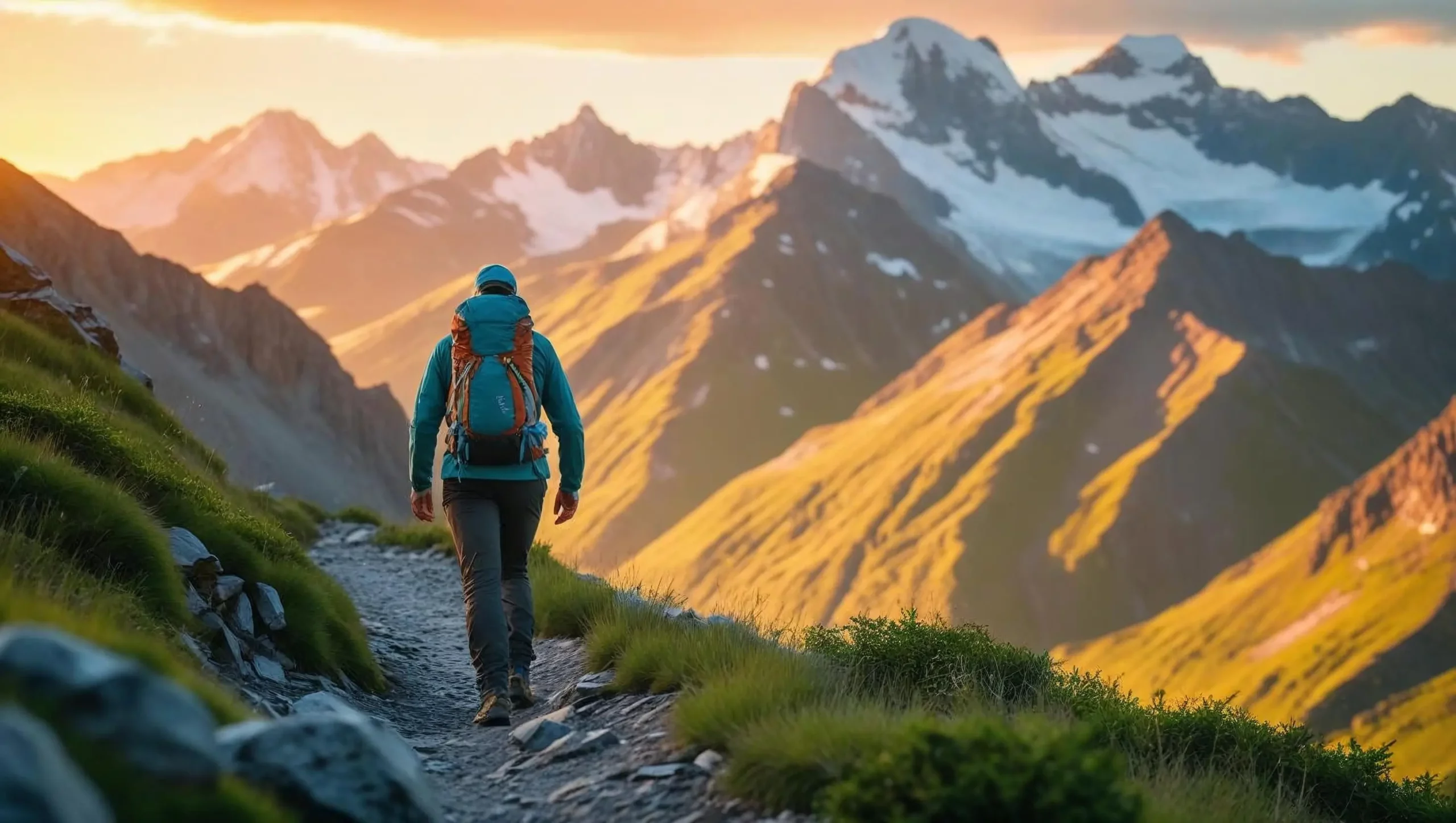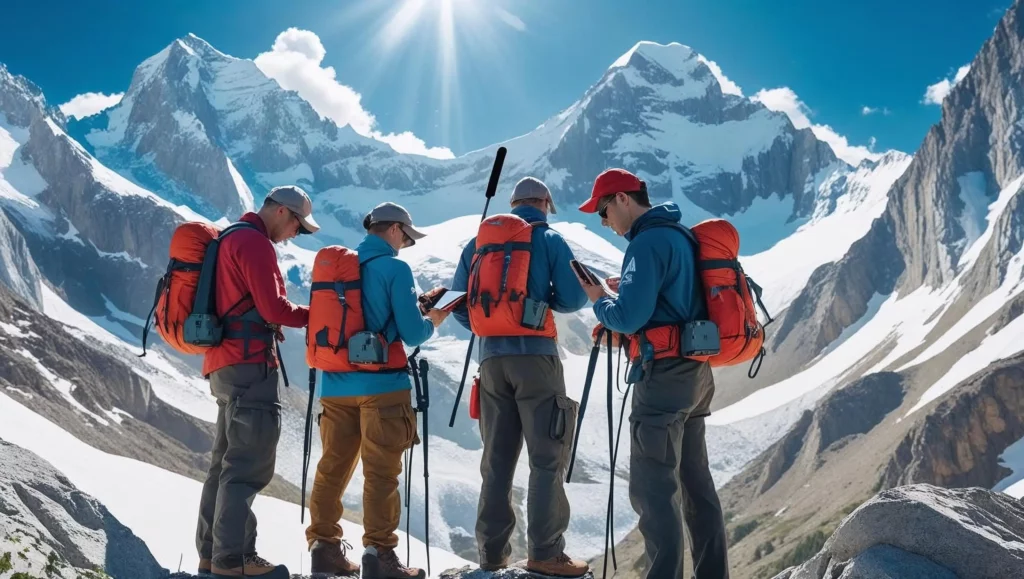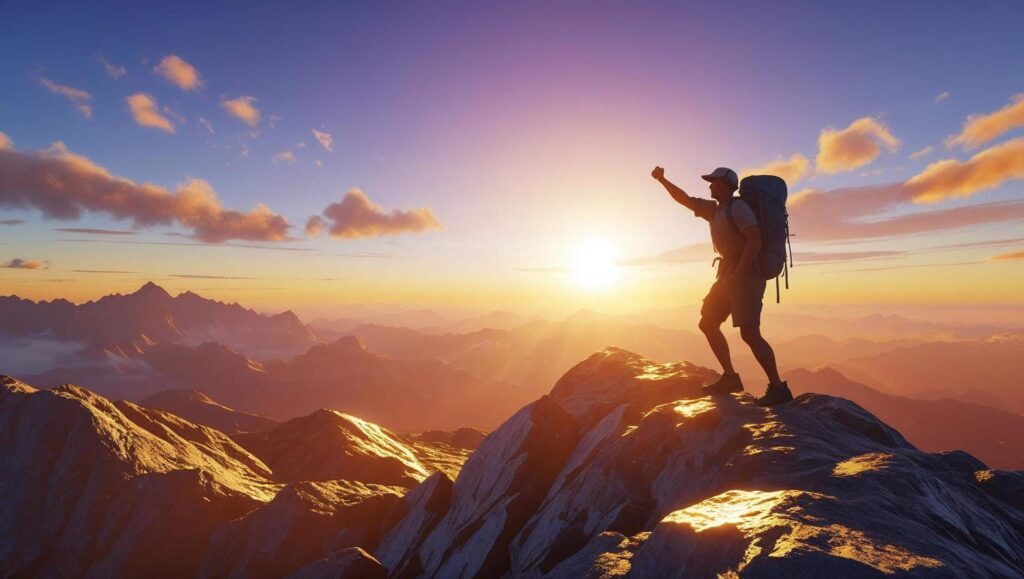Solo Trekking at High Altitudes: Dangerous or Doable?
Solo trekking in the mountains: just you, your gear, and the vast wilderness – has a powerful allure. For mountaineers and mountain lovers alike, it’s the ultimate test of self-reliance, mental toughness, and connection with nature. But when it comes to trekking solo at high altitudes, is it an exhilarating adventure or a risky gamble?
In this article, we’ll explore the realities of solo high-altitude trekking, weighing the dangers against the doable, sharing insights on preparation, risks, and how to stay safe while embracing the freedom of the mountains.

Table of contents
Understanding the Challenges of Solo Trekking at High Altitude
Primary Risks of Solo High-Altitude Trekking
How to Make Solo Trekking at High Altitudes Doable and Safe
Understanding the Challenges of Solo Trekking at High Altitude
High-altitude trekking presents unique physiological and environmental challenges. Reduced oxygen levels can lead to altitude sickness, a serious risk for trekkers, especially when alone. Additionally, rapidly changing weather conditions, difficult terrain, and limited access to emergency help compound the dangers of solo trekking.
Without the support of a group, solo trekkers must rely entirely on their own skills for navigation, health monitoring, and decision-making. This independence demands a high degree of experience, preparation, and situational awareness.
Primary Risks of Solo High-Altitude Trekking
Altitude-Related Illnesses
Acute Mountain Sickness (AMS) affects many trekkers above 2,500 meters. Symptoms like headaches, nausea, and fatigue can escalate to life-threatening conditions such as:
- High Altitude Pulmonary Edema (HAPE): Fluid buildup in the lungs causing severe breathing difficulties.
- High Altitude Cerebral Edema (HACE): Brain swelling leading to confusion, loss of coordination, or unconsciousness.
Solo trekkers face the critical challenge of recognizing symptoms early and initiating descent or seeking help without assistance.
Environmental and Terrain Hazards
Unpredictable weather: Sudden storms, temperature drops, and high winds can create dangerous conditions.
Technical terrain: Loose rocks, glaciers, and steep slopes increase risk of falls or injury.
Isolation: In remote areas, rescue response may be delayed or unavailable.

Psychological and Physical Demands
Solo trekking requires strong mental resilience. Isolation can lead to anxiety and impaired judgment. Physical fatigue without support can also increase vulnerability.
How to Make Solo Trekking at High Altitudes Doable and Safe
While the risks are significant, solo trekking at high altitudes can be accomplished safely with meticulous planning and preparation.
1. Gradual Acclimatization
A slow ascent and planned rest days are essential to reduce risk of altitude sickness. Spending time at intermediate elevations helps the body adjust.
2. Comprehensive Physical Training
Strong cardiovascular fitness and endurance improve performance and recovery at altitude.
3. Advanced Navigation Skills
Mastery of map reading, GPS use, and route-finding is crucial. Solo trekkers must be capable of self-rescue in case of disorientation.
4. Emergency Communication Devices
Satellite phones, Personal Locator Beacons (PLB), or satellite messengers ensure contact with rescue teams when out of cellphone range.
5. Detailed Itinerary Sharing
Informing trusted contacts of your planned route and check-in schedule facilitates timely rescue if necessary.
6. Packing for Safety
Essential gear includes layered clothing, extra food and water, first aid supplies, and tools for shelter and fire.

Best Practices for Solo High-Altitude Trekkers
- Monitor health constantly: Recognize early signs of altitude sickness and be prepared to descend immediately.
- Check weather forecasts frequently: Avoid days with predicted storms or unstable conditions.
- Avoid risky terrain when alone: Technical climbing or glacier crossings require partners or guides.
- Maintain a conservative pace: Overexertion increases risk of fatigue and injury.
- Practice self-discipline: Know when to turn back; safety should always take priority over summit ambitions.

Conclusion: Weighing the Risks and Rewards
Solo trekking at high altitudes is undeniably demanding and carries inherent dangers. However, with appropriate skills, preparation, and equipment, it remains a feasible and rewarding pursuit for experienced mountaineers and trekkers.
The decision to embark on a solo high-altitude trek should be made with clear understanding of the risks and a commitment to safety. Ultimately, the mountains offer incredible challenges and experiences – but respect for their power is non-negotiable.
